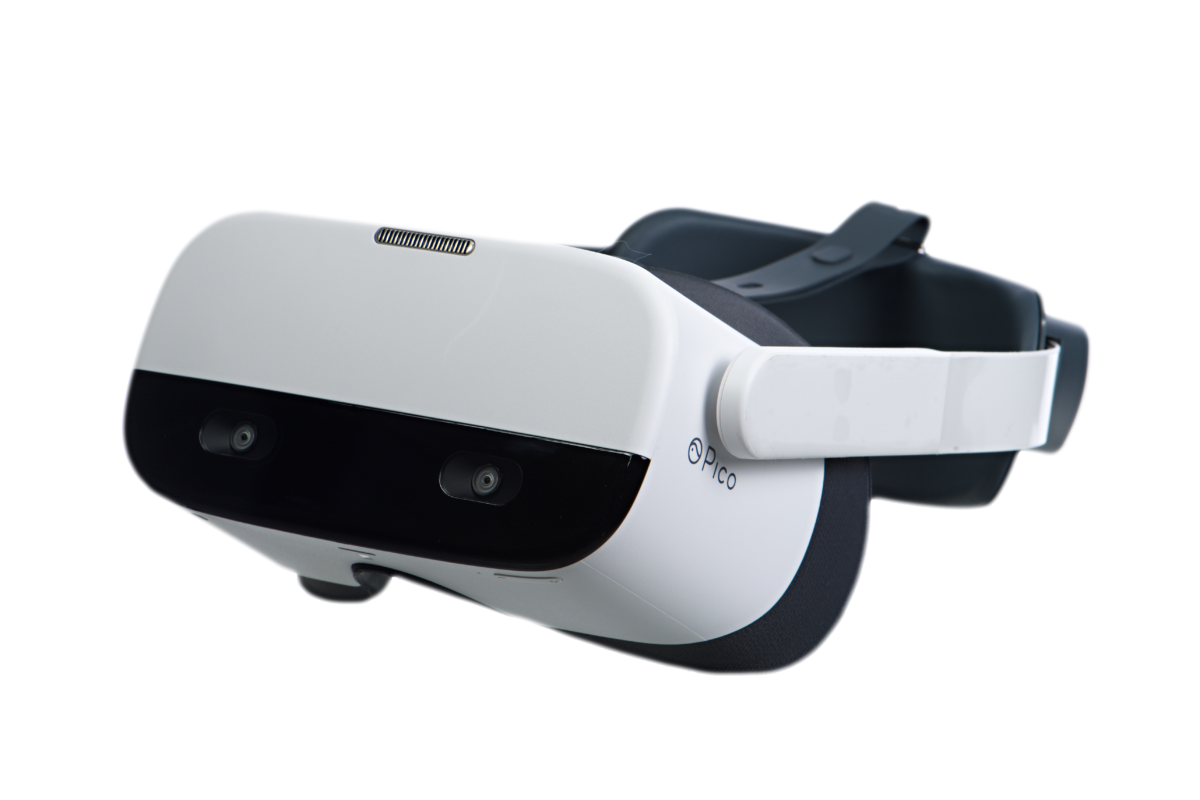An award-winning dish may be delicious and a beauty to look at, but there’s more to creating it than simply knowing the ingredients. While knowing the ingredients is a big step, knowing how much of each ingredient goes into the dish, when to add them, how to cook it and how long to cook it are critical steps in making that award-winning dish.
Unfortunately, most corporate training programs are as effective as handing someone the ingredients, without the necessary instructions on how to put them together. All too often, training programs teach the individual skills necessary to achieve the stated goal, but often fail to properly teach the individuals how to use those skills.
In an effort to better understand where modern training was falling short, Boeing commissioned a study (PDF) to determine what is and is not effective.
The Boeing Study
The Boeing researchers conducted their study based on the Marine Air Ground Task Force XXI simulation. The goal was to provide standard instruction and training to accomplish an in-stride breach scenario, with the scenario completed when all units were in a position to execute the breach and suppressing fire was laid down. Each group conducted three breaching operations, one as a baseline and two that were scored.
One group of participants received standard training, consisting of interactive multimedia instruction (IMI) that included descriptions, photographs, graphics, annotated screenshots and narrated video clips. The second group was trained using an intelligent tutoring system (ITS), a much more interactive method. Rather than simply instructing the students how they should proceed, the ITS training provided hints, feedback, and information on alternate actions.
What was the result of these two test groups? The researchers noted that there was a significant and steady improvement among the ITS group, in contrast to the IMI group that actually declined in performance with each successive trial. What does that tell us? That for training to be truly effective, it must have an interactive element that gives the person the opportunity to receive feedback, get hints and explore different options—in short, not just giving the students the ingredients, but helping them learn what to do with those ingredients.
Virtual Reality: The Missing Link
When it comes to helping teach individuals, including employees, few things are as effective as virtual reality (VR). There are several reasons for this.
Feedback
One of the biggest reasons the ITS group was more successful than the IMI group was because of the feedback they received. They were able to try different solutions, receive feedback and explore alternatives, all before putting the final solution into practice.
VR provides just such an experience. A simulation can be run over and over again, giving the participants the ability to try different solutions, receive feedback and explore alternatives. After each scenario, the individual can study their response, learn from it and start again.
This is especially true using hardware like the HTC VIVE, which has a forward-facing camera. Trainers and observers can participate, critique and provide assistance without the individual leaving the virtual environment.
Muscle Memory
One of the biggest challenges in standard training is to get people to respond automatically to situations. This is especially true in combat, rescue and high-stress situations. Seconds can mean the difference between life and death.
Unfortunately, with standard training models, it can be difficult to teach individuals the necessary responses—let alone commit them to muscle memory—without putting them into the very life-and-death situations they’re being trained for.
VR, on the other hand, provides a safe mechanism to train individuals, help them develop muscle memory and improve their response times—all without putting anyone in any real danger. This has the added benefit of weeding out individuals who simply aren’t up to the task, all without any danger or loss of life.
Engages Younger Employees
In an age of smartphones, tablets, computers and gaming consoles, people are accustomed to immersive, engaging experiences. The fact is, traditional education and training models are ill-suited to meeting the demands of the up-and-coming workforce.
VR, in contrast, is ideally suited to training individuals who have grown up playing video games and immersed in digital content.
Cost Savings
The fourth way VR is an effective way of training employees is related to cost. Studies have shown that for every 1,000 employees, poor training costs companies $13.5 million a year. Yet, as the Boeing study proved, traditional training methods revolving around instruction, slides, videos, and lectures are, by definition, poor training—they simply don’t work well. This was evidenced by the fact that the group who received traditional training saw their performance decline during the course of the testing.
In an age where the average person’s attention span is less than a goldfish, companies simply cannot afford to use subpar training to prepare new generations of workers. Whatever expense a company may incur investing in VR training equipment will be more than offset by having a workforce that is well-trained for their jobs.
VR: The Future of Employee Training
Throughout the years, there have been major advances in the realm of employee training. The introduction of videos, psychology, training scenarios and more, have all had a profound impact on how employees are trained. Without a doubt, VR represents the next step in that evolution. With VR-based training, companies are able to train their employees in safe environments that give them the ability to try new ideas, learn from mistakes and perfect their methods.
It’s time to stop simply giving employees the raw ingredients necessary to do their jobs: it’s time to start teaching them how and when to use those ingredients most effectively.

PIXO Has Improved VR Management to One Easy Step

